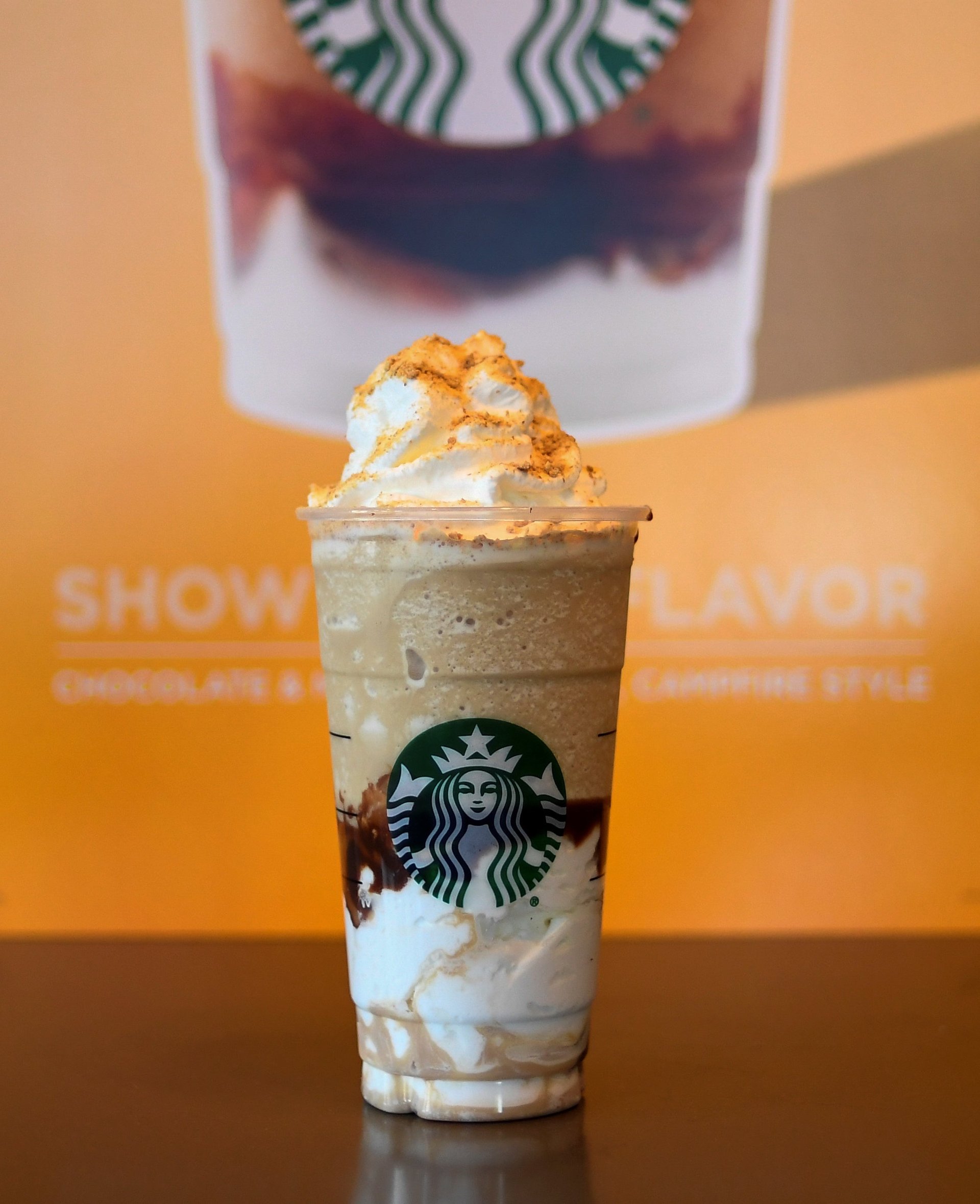The Starbucks Frappuccino has met its nemesis: wellness
It’s officially summer in the northern hemisphere, which can only mean one thing: The people want their caffeinated drinks on ice.


It’s officially summer in the northern hemisphere, which can only mean one thing: The people want their caffeinated drinks on ice.
But Starbucks, perhaps the most famous purveyor of slushy coffee milkshakes, is running into a problem: Frappuccinos are falling out of favor. At an investor presentation early this week, Starbucks CEO Kevin Johnson revealed that sales of the signature drink had declined 3%, after growing as much as 17% in 2015. And the reason? Wellness.
Johnson pointed to the the health and wellness trend as a “contributing factor to why the category is declining” and suggested that drinks which fall into the “iced slushy” category are “oftentimes more indulgent beverages, higher in sugar, higher in calories. What we’re seeing is then consumers shifting to healthier beverage choices, better-for-you beverages.” A small caramel Frappuccino beverage with 2% milk and whipped cream contains 410 calories and 55g of sugar (that’s the equivalent of a McDonald’s Quarter Pounder).
And indeed, Starbucks is investing plenty of its resources into its better-for-you options. Their iced tea, ice coffee, and cold brew beverages—the latter referring to a specific method of brewing, resulting in a higher caffeine content—are being engineered to offer customers the option of “[having] their coffee and tea beverages in a certain flavor and [separating] that decision [from] sugars.” Sugar, it turns out, is no longer what a lot of the people want.
This makes a big change from the turn of the millennium, when Caramel Frappuccinos—released in 1999, four years after the original Frap— served as a shorthand for a kind of unapologetic American excess, swapping out a regular (calorie free) cup of morning coffee for a coffee-based milkshake.
In a broader way, the shift away from Frappuccinos shows how much has changed in consumer tastes in a short amount of time. Plant-based milks, once fringe and limited to soy, are now exploding in niche coffee shops and chains alike. With the rise of the sugar tax—which was virtually nonexistent in the US before 2013—consumers are becoming hyperaware of the health problems linked to consuming excess sugar, particularly hidden in beverages. Concerns about single-use plastic (especially straws) may make some consumers think twice about sucking their caffeine out of a plastic straw every day.
And what about the much-talked-about Unicorn Frappuccino, released in 2017? It may have launched infinite memes (if not drink orders) when it was released, but 2018’s follow up, the Crystal Ball Frappuccino, barely made a mark.